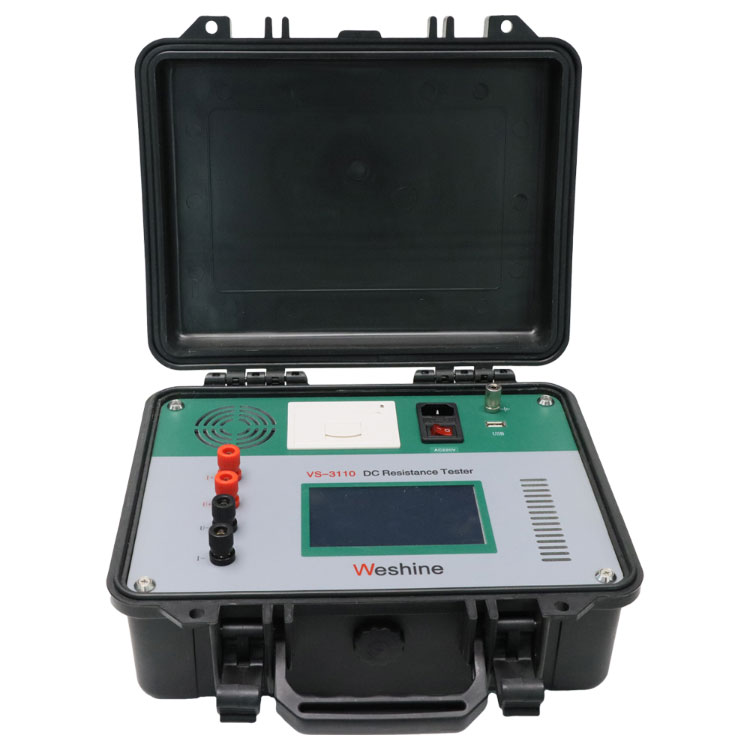Winding Resistance Test: A Vital Check for Electrical Equipment Health
2025-04-07
In the world of electrical maintenance and power systems, reliability is everything. A small fault in a transformer, motor, or generator can lead to costly downtime or equipment failure. That’s why the winding resistance test is such a crucial procedure. It helps detect issues early, ensuring smooth operation and extending the life of valuable equipment.
What Is a Winding Resistance Test?
A winding resistance test measures the electrical resistance of the windings in transformers, motors, or other electrical devices. Windings are made from conductive wire, usually copper or aluminum, and their resistance should remain within a specified range. Any significant deviation could indicate a problem such as shorted turns, loose connections, damaged conductors, or corrosion.
This test is typically performed using a low-resistance ohmmeter or a dedicated winding resistance tester. A controlled DC current is applied, and the voltage drop is measured to calculate resistance using Ohm's law.
Why Is the Test Important?
Conducting a winding resistance test offers several critical advantages:
Early Problem Detection: The test can reveal internal issues like loose terminals, broken strands, or uneven contact points that are not visible during visual inspections.
Quality Control: During manufacturing or repair, this test ensures that windings are properly installed and meet design specifications.
Preventive Maintenance: Regular testing helps spot aging or deteriorating conditions before they lead to failure.
Transformer Testing: In transformers, winding resistance testing is often done to detect tap changer problems, bad solder joints, or connection faults.
Performance Verification: It confirms whether motors, generators, and transformers are operating as expected, especially after long periods of use or before installation.
Factors That Affect Winding Resistance
Several factors can influence the outcome of a winding resistance test:
- Temperature: Resistance varies with temperature, especially in copper windings. It is important to record the temperature during testing and apply corrections if necessary.
- Length and Gauge of Wire: Longer or thinner wires will naturally have higher resistance. Knowing the specifications helps interpret the results accurately.
- Connection Quality: Poor test lead connections or surface oxidation can lead to incorrect readings.
How the Test Is Performed
1. De-energize and Isolate Equipment: Safety is always the first priority. Ensure all sources of power are disconnected before testing.
2. Discharge Stored Energy: Capacitors or inductive elements may hold charge, which must be discharged to prevent damage or inaccurate readings.
3. Connect the Test Equipment: Attach the test leads to the appropriate terminals using four-wire (Kelvin) connections for precision.
4. Apply Test Current: The tester applies a controlled DC current to the winding.
5. Measure and Record Values: The resistance is displayed or calculated and compared with expected values or previous test results.
Conclusion
The winding resistance test may seem like a simple procedure, but it plays a vital role in maintaining the health and performance of electrical equipment. It is a non-invasive, cost-effective way to detect internal faults that could otherwise go unnoticed until serious problems occur. By including this test in routine maintenance schedules, facilities can improve safety, avoid downtime, and extend the life of their assets.



